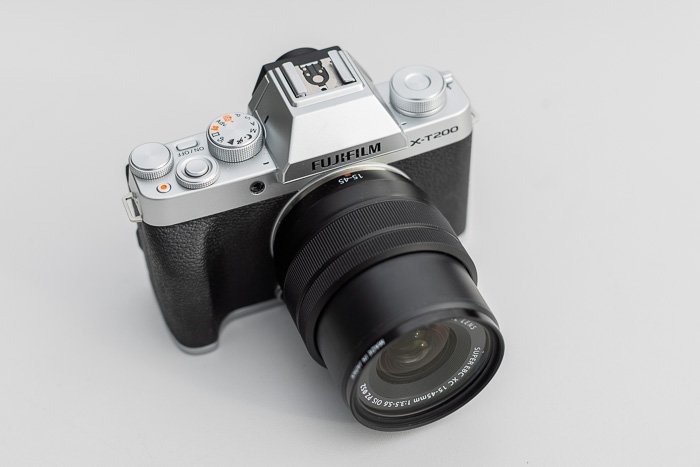Lost photos mean lost moments. No matter how it happens, missing photos make every photographer’s heart sink. Bringing back those missing files isn’t impossible, though.
You only need to know a few tricks to recover deleted photos.

Recover Deleted Photos: Is Image Loss Permanent?
Often, photos aren’t truly deleted from a memory card until those images are overwritten by new data. You might have formatted your card and don’t see any files on the memory card. Those photos can still be hidden on a memory card.
Image loss can also happen through damaged memory cards and corrupted files.
While some deleted photos are gone for good, you can save others through one of two methods. Here’s how to recover deleted photos from any type of memory card, including SD, QXD, and CF cards.
Once you’ve recovered your photos, you’ll want to prevent any other disasters. Here are a few loss prevention tips.
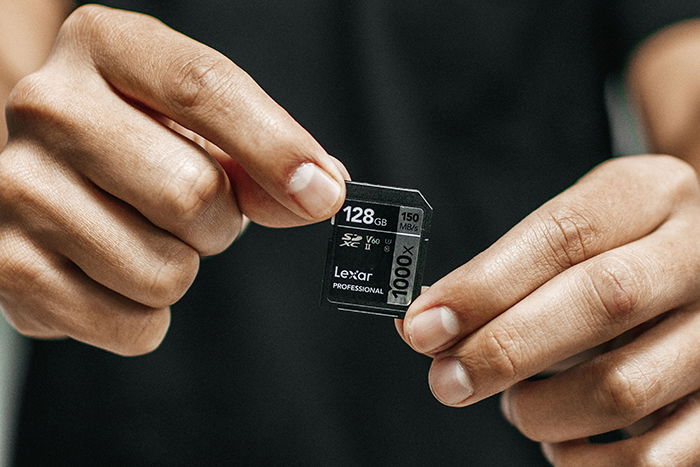
How to Recover Deleted Photos From Memory Cards
The likelihood of recovering deleted photos depends on how those photos were deleted. And what has happened to the memory card since?
First, with any data loss, stop using the memory card immediately. You can only recover images if that data hasn’t been overwritten yet. If you keep shooting on that card, you’ll lower the odds of successful data recovery.
Memory cards use something called a File Allocation Table (FAT). This allows you to access those files. When formatting a memory card, that FAT is deleted. But the data for the individual photos remains until the card is overwritten with new data.
That’s why your odds of recovery are pretty good if you’ve formatted the card in the camera by mistake… as long as you haven’t taken any new images with the same card.
You can also lose data through a corrupt memory card, which can be trickier to work with but not impossible. Physical damage to a card can also mean lost images and tends to be among the toughest to recover data from.
That’s one of the reasons why it’s a bad idea to buy cheap, off-brand cards. I once washed and dried an SD card left in a pocket, and all the data was still intact.
There are two main options for getting back those lost photos. The best one depends exactly on how you lost those photos in the first place.
The first is to use data recovery software. This option is the simplest and most affordable. It’s ideal for formatted cards, accidental deletions, and some card errors.
The second is to send the card to a data recovery service. This is the priciest solution, often with three-digit price points. In some cases, like with damaged cards, it may be the only chance of recovering that data.
Option 1: Use a Data Recovery Software
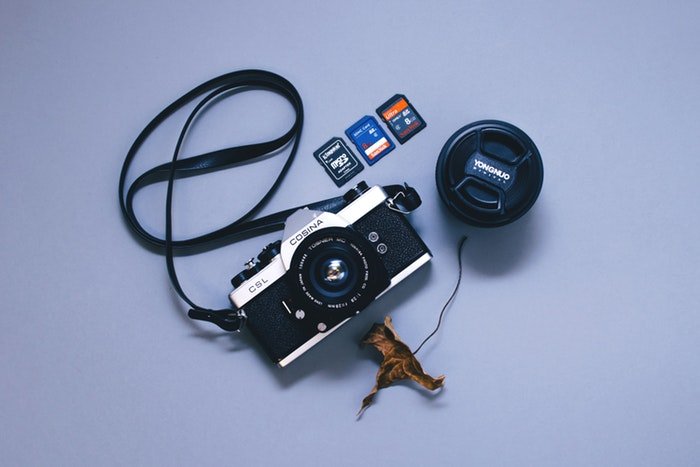
Step 1: Stop Using the Memory Card Immediately
Whenever you lose data from a memory card, stop using the card right away. This increases your odds of recovering the data. Don’t take any more photos with the card. And don’t use the card in a computer until you are ready to start the recovery process.
Step 2: Choose a Photo Recovery Software
There are dozens of different data recovery programs out there. They come at varying price points with different features. Start by checking if the brand of the memory card you are using has a program.
These are often free and tailored for your memory card. For example, Lexar has the Lexar Recovery tool.
Your memory card company might not have a software program. There are still plenty of good programs out there that can help you get back your lost data, including:
- Recuva: This is a Windows-only program. It can salvage files from SD cards as well as hard drives, external hard drives, USBs, CDs, and more. The program works with formatted SD cards as well as damaged files. Recuva has a free version as well as a $20 download that offers more advanced recovery.
- TestDisk: This is an open-source program for recovering files. It’s free to download. The program works for both Windows and Macs. The user interface isn’t as straightforward as other programs.
- Stellar Photo Recovery: Designed for both Mac and Windows, Stellar Photo Recovery is an easy-to-use program. It can recover some deleted files as well as corrupt files. It’s reasonable at $49.99 for a one-year subscription. You can download the program for free and scan your media first. That way, you don’t waste money if the program can’t recover anything.
- EaseUs: This program’s free version will recover 2 GB of files before you have to pay for the full version. It’s compatible with Mac as well as Windows. It works with formatted, corrupt, and partitioned memory cards.
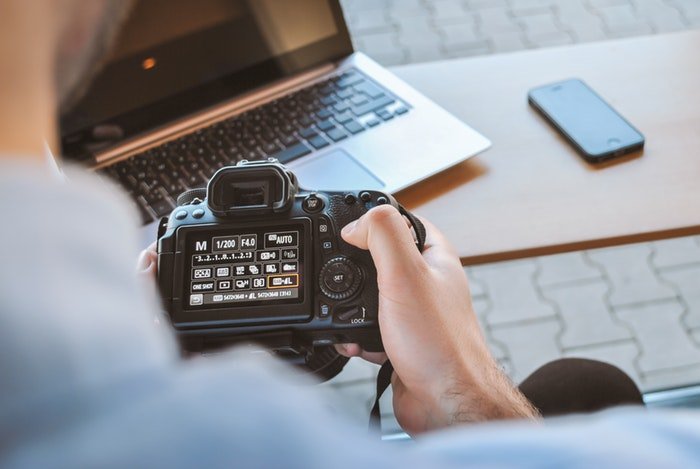
Step 3: Download the Program and Select the Drive to Scan
Once you’ve selected a data recovery program, download the program to your computer. Every program will have steps that are a bit different, but they all follow the same idea.
With the SD card in a card reader, choose the type of file you are looking to recover. Choose the drive to run the recovery on (the SD card), and follow the on-screen instructions to start the scan.
Your memory card might still have folders intact. Choose the folder where you stored the deleted images instead of the root or main drive.
Step 4: Save Any Recovered Files
The scan may take some time. Once it’s finished, you can choose which photos to download and save, or you can choose to rescue all. Select the files you want and choose where to save them.
Option 2: Use a Data Recovery Service
Software is the simplest, most affordable way to recover files. Sometimes you need more help. The software might not work, or the memory card might be physically damaged. Sending the card to a data recovery service may be the only way to recover data.
If the chip in the card is intact, the damage might still render the card unreadable by a card reader. These types of companies have the equipment to read the damaged card.
Several companies specialize in data recovery services. You mail in the damaged card and get a quote. If you choose to proceed, they’ll work their magic and send those files back to you.
Some electronics stores also offer data recovery services. Check with local stores to see if they offer the service. Some offer in-store recovery. In some cases, you might still need to ship your memory card elsewhere to complete the recovery.
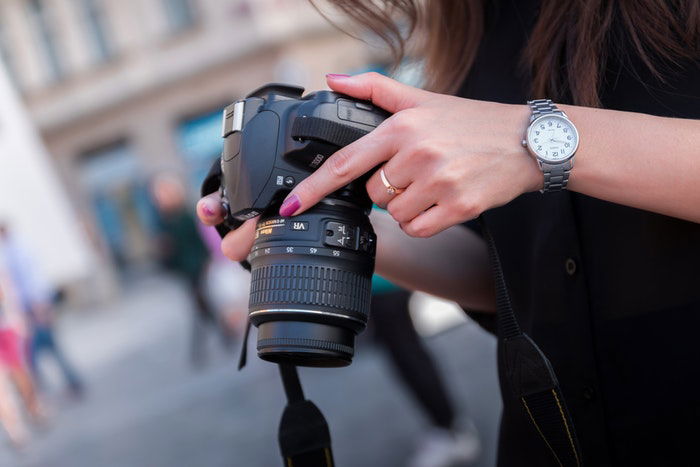
How to Prevent Losing Deleted Photos
Losing data is a headache. How can you prevent ever losing images again in the future, wasting time and money on data recovery?
Some accidents are inevitable. But many of them are preventable with proper memory card care and backups.
Here’s what you can do to prevent losing data again.
- Create a backup plan. How are you backing up your images? You should save your photos in two places at once. Saving thousands of unedited RAW photos that aren’t even that great will take up a lot of space. You should at least have a backup for projects that you haven’t finished yet and for your best shots. Try using cloud storage along with an external hard drive. Or you can use two different external hard drives. If you have a camera with dual memory card slots, you can start the dual backup from the moment you take the photo. Set up the files to write to both cards or for one card to take RAW and the other JPEG.
- Use a memory card from a reputable company. Don’t fall for the cheap no-name memory cards. Besides being slow, they can even increase the odds of corrupted files and memory card errors. Stick with the major name brands.
- Avoid cheap memory card readers. Along the same lines, make sure your card reader is from a reputable company as well. The cheap options could even lead to corrupt cards.
- Double-check before you delete. Don’t hit the format option first. Make sure all your images have transferred over to your computer as well as your backup location.
- Consider using tough memory cards. Even from within the same brands, not all memory cards are created equal. Some memory cards like the SanDisk Extreme and Sony Tough are very tough. They’re designed to withstand drops, dust, and moisture. These cards are ideal for waterproof cameras and shooting in harsh conditions.
- Create a designated system for memory cards. Often, you might lose data through accidental deletion. Or you might even misplace an entire memory card. Create a designated spot for empty SD cards and a separate spot for SD cards that you have already used. That will help avoid those accidental formats. Use a memory card case or a camera bag with dedicated card slots.
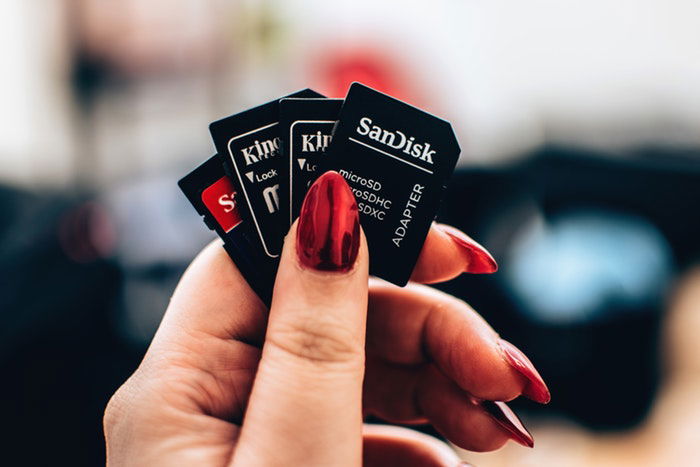
Conclusion: How to Recover Deleted Photos From a Memory Card
Data recovery software can be the simplest and most affordable option to recover deleted photos from an SD card. It can help you restore deleted photos and videos. The pricing is less than a service, and many programs are often straightforward.
The toughest data recovery cases may need data service. You’ll have to send your memory card for the experts to handle.
Prevention won’t help you recover photos that you’ve already lost. A few best practices in your photography workflow can help ensure you don’t lose any more files in the future.
Looking for more interesting info on memory cards? Check out our posts on the best options for memory card holders and how many photos different memory cards can hold next!

